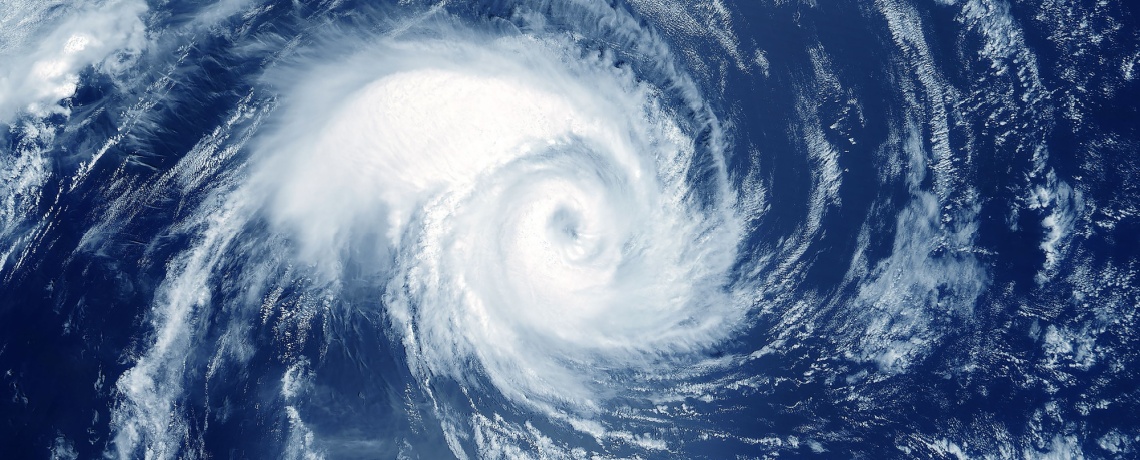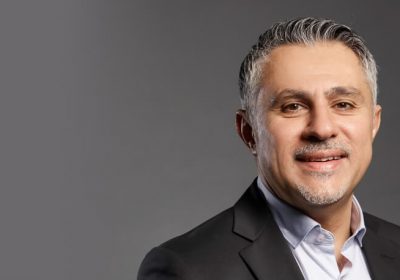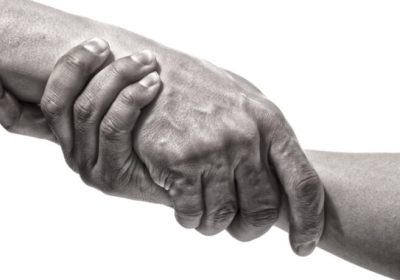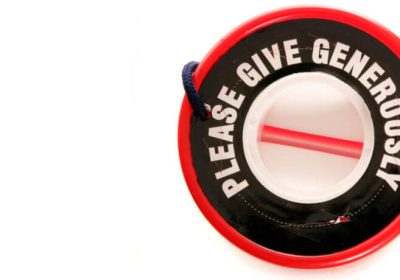
- Author: Mark Pesce | Futurist
- Posted: March 14, 2025
THE CFO CRISIS CHALLENGE
Does it always take a crisis to get us to plan for the worst?
During a massive January windstorm in Sydney, I heard a tree come down. It sounded far away, so I put it out of mind, until I went to make myself a cuppa, found the kettle unresponsive – then noticed everything in my all-electric kitchen had stopped working.
The breakers seemed fine, so I popped outside to spy if my neighbors had power. That’s where I found a massive palm tree across the end of my driveway. Lying underneath it, the mains connection to my home, wires trailing across the road.
A policeman inspecting the downed tree put his hand up. “You don’t want to get any closer. Live wires,” he said, then went off to call Ausgrid and block the street off from traffic, while I wondered how long I’d be without power.
We never think about mains electricity until it vanishes. That’s the sign of a mature technology – so well integrated it becomes invisible. I realised that in my all-electric household nothing worked: no hot water, nor air conditioning, no stove or oven or refrigeration, or any of the many computers and monitors needed to get work done. All of it completely useless.
I optimistically reckoned Ausgrid would be around shortly to clear up the wires and get us reconnected. The outage might last a few hours. Sure enough, Ausgrid did come to get the wires out of the street – and nothing else. Our building, mains wires dangling uselessly from the roofline, stayed offline.
Most of our crisis planning centres on the expectation of a short, sharp shock. A brief outage, a one-day transport strike, or a few hours of cloud services interruption, and so forth. Almost all of our planning takes for granted that in the modern world problems find resolution quickly.
As I was to learn, that’s not always the case.
“Make a plan: think the unthinkable. How long can your organisation go without power? Without phones? Without internet? Without software and cloud services? Without petrol and natural gas? Make a list of everything that we never see because it’s always there – then take it all away“
The next morning removalists sawed the palm into pieces and carted it away. At least the driveway has been cleared for Ausgrid to come and reconnect us. But by now I’d exhausted the batteries in my smartphone and tablet and had to make some panicked calls to friends so I could get my devices recharged – and have a hot shower.
Around the time I got back home, I got a call from an Ausgrid manager, who very apologetically explained that every piece of equipment had been dispatched to the Hunter Valley – where the windstorm had been far worse – and that meant we wouldn’t be reconnected that day.
Well, I asked, when will we get reconnected?
He refused to be pinned down. Perhaps tomorrow. But he couldn’t promise anything.
That’s when I knew I had to empty the refrigerator, donate all my food to friends or bin it, and resign myself to ‘camping’ at home – with frequent visits to friends for recharging.
A local crisis gets resolved quickly. A broader one – whether that’s a weather event, cyberattack, a massive bushfire or other natural disaster – rapidly push our recovery systems beyond their limits. Ausgrid simply doesn’t have the number of vehicles or linemen needed to recover from a massive storm immediately. These sorts of repairs take several days – even for folks like me, in a densely populated Sydney suburb.
The frequency and intensity of ‘insurance events’ have increased dramatically over the last two decades, accelerating the number crises we face as individuals and organisations. (Prepare to pay a lot more for insurance.) Eventually, our number comes up – and not just ours, but everyone around us.
We need to develop plans and protocols for ‘interruptions’ that last much longer than we’d previously anticipated. That’s more than making sure insurance premiums have been paid. It’s asks for strategy and contingency and resilience – something that looks good on paper but which requires time, money and the attentions of leadership to make their way from good intentions to workable plans.
In the end, I spent five days and four nights without power. I managed it – sort of. If I had a family with small children, it would have been nearly impossible. I had no plan – and that meant I had few options. I’d never considered that I could lose power for that long, so I never made a plan. My own ‘possibility blindness’ left me in a bad way.
This experience convinced me that it’s necessary to spend some time ‘thinking the unthinkable’. That’s not an opportunity wallow in doom and gloom – it’s an exercise in preparedness. What would happen should the worst happen? Are you prepared? Are your organisations ready, your staff well-rehearsed, and your plans tested? While no one ever wants to have to use those plans, but it’s better to have them at the ready than to reach for them – only to remember you never got around to making them.
Three weeks after the outage, I found a little gadget buried deep in one of my drawers – a device that I’d bought at the start of the pandemic. A dynamo-powered radio, with a big battery that I can wind up to give it a nice charge, lighting its onboard torch, even plugging into its USB port to charge a smartphone. It turns out I had just the bit of kit I needed – and never knew it. Because I’d never made a plan.
Make a plan: think the unthinkable. How long can your organisation go without power? Without phones? Without internet? Without software and cloud services? Without petrol and natural gas? Make a list of everything that we never see because it’s always there – then take it all away. Would you pass the Crisis Challenge?








